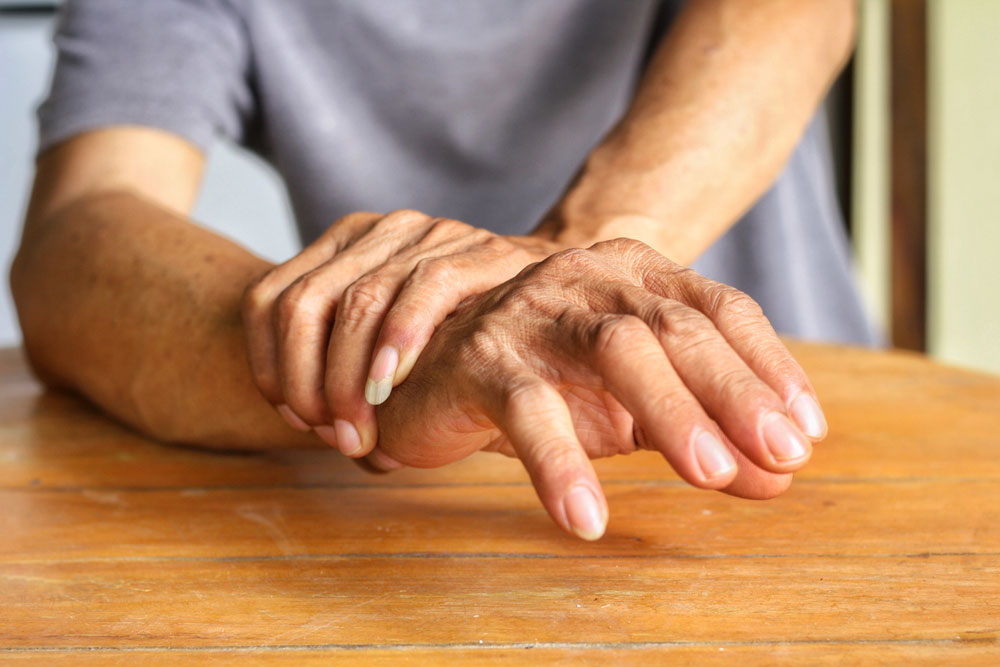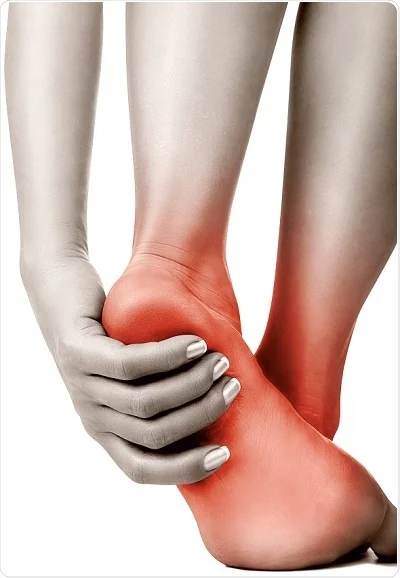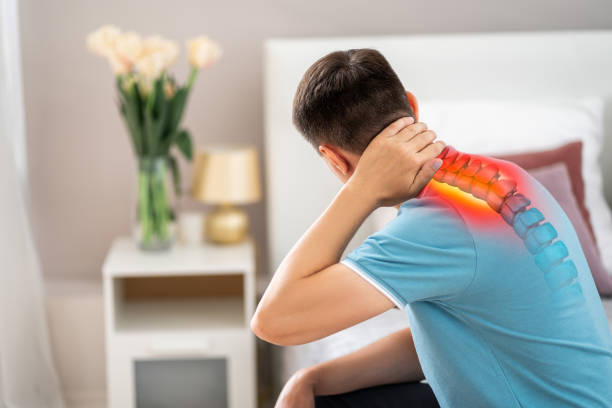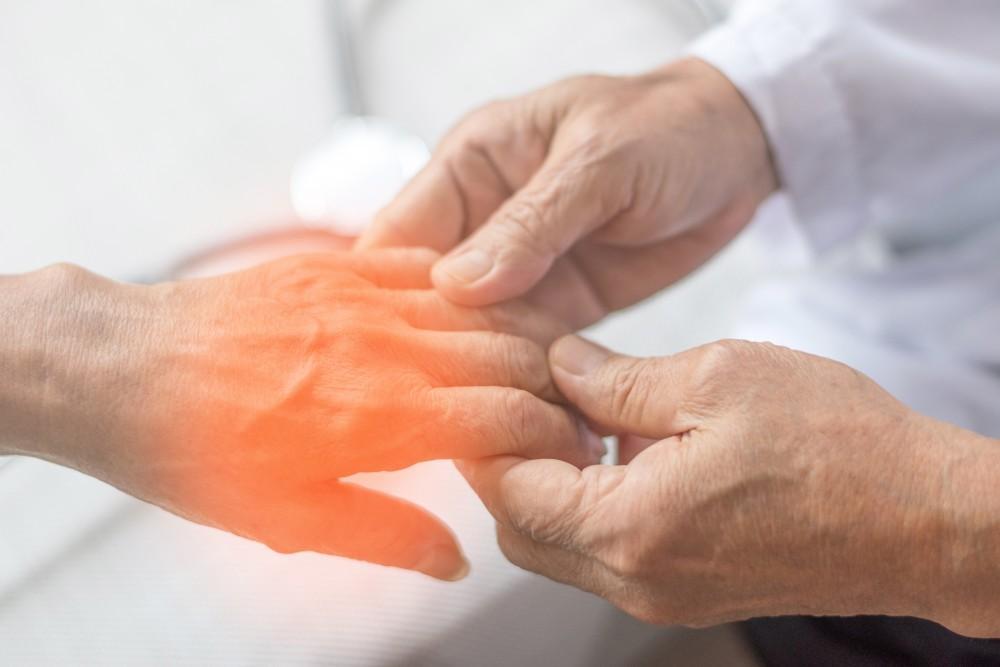Joint pain refers to discomfort, aches, and soreness in any of the body’s joints. While it’s typically associated with aging, joint pain can affect anyone, regardless of age. It can be acute (short-term) or chronic (long-term), varying in intensity from mild to severe.
Common Causes of Joint Pain
Several factors can contribute to joint pain. Some of the most common causes include:
Arthritis: This is the leading cause of joint pain. There are several types of arthritis, including osteoarthritis (wear-and-tear arthritis) and rheumatoid arthritis (an autoimmune disease).
Injury: Sprains, strains, and other injuries can cause joint pain, especially in the knees, shoulders, and ankles.
Overuse: Repetitive movements and overuse of joints can lead to conditions like tendinitis or bursitis.
Infections: Infections in the joint (septic arthritis) or the surrounding tissues can cause significant pain and swelling.
Gout: This is a type of arthritis caused by the buildup of uric acid crystals in the joint, often affecting the big toe.
Other Medical Conditions: Conditions like lupus, fibromyalgia, and hypothyroidism can also contribute to joint pain.
Symptoms of Joint Pain
The symptoms of joint pain can vary depending on the underlying cause but commonly include:
- Swelling and tenderness in the joint
- Stiffness, especially after periods of inactivity
- Redness and warmth around the affected area
- Decreased range of motion
- A grating or grinding sensation in the joint
Diagnosis and When to See a Doctor
If you experience persistent joint pain, it’s essential to seek medical advice. Your doctor may perform a physical examination, review your medical history, and recommend imaging tests (like X-rays, MRI, or CT scans) or blood tests to determine the cause of your joint pain.
Treatment Options for Joint Pain
Treatment for joint pain focuses on alleviating symptoms and addressing the underlying cause. Common treatments include:
Medications: Over-the-counter pain relievers (like ibuprofen or acetaminophen) and prescription medications can help manage pain and inflammation.
Physical Therapy: A physical therapist can design a personalized exercise program to strengthen the muscles around the joint, improve flexibility, and reduce pain.
Lifestyle Changes: Maintaining a healthy weight, eating a balanced diet, and engaging in regular low-impact exercise (like swimming or cycling) can help manage joint pain.
Hot and Cold Therapy: Applying heat or cold packs to the affected joint can reduce pain and inflammation.
Injections: Corticosteroid injections can provide temporary relief for severe joint pain. Hyaluronic acid injections are also used, especially for knee osteoarthritis.
Surgery: In severe cases, surgical options like joint replacement or arthroscopy may be necessary.
Preventing Joint Pain
While not all joint pain can be prevented, you can take steps to reduce your risk:
- Stay active and maintain a regular exercise routine.
- Use proper techniques when lifting heavy objects.
- Take breaks and stretch if you perform repetitive tasks.
- Maintain a healthy weight to reduce stress on your joints.






